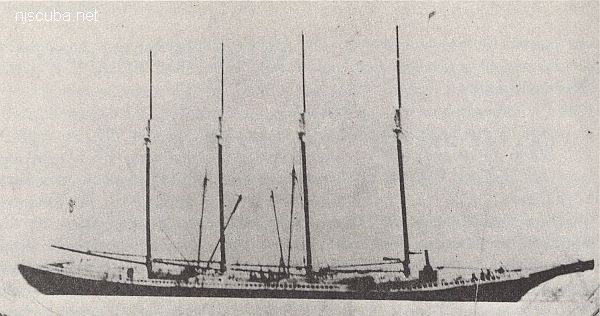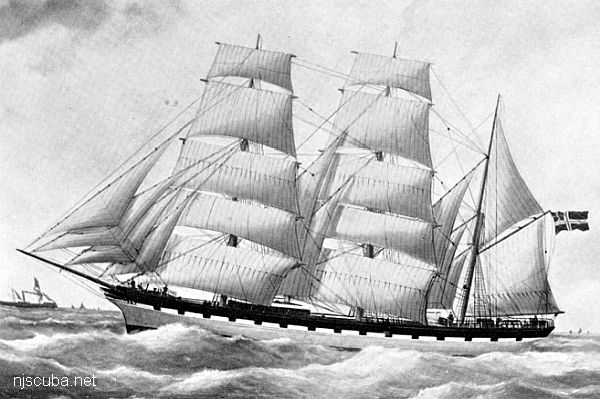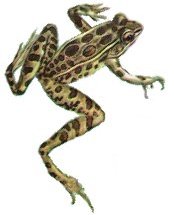Charles Dunlap

- Type:
- shipwreck, schooner, USA
- Built:
- 1904, Millbridge ME USA
- Specs:
- ( 225 x 42 ft ) 1498 gross tons
- Sunk:
- July 22, 1919; ran aground in fog
- Depth:
- 25 ft
This wreck is also known as the Coconut Wreck. She was a four-masted schooner, launched as the Myrtle Sawyer, on November 24, 1904, in Millbridge, Maine, by the Warren Sawyer Co. She weighed 1,498 gross tons, was 224.8 feet long and 42 feet wide. A year later she was abandoned in an easterly gale and towed to Savannah. Many years later she was renamed Forest City. In 1916, the ship caught fire while in San Juan where her hulk was sold, rebuilt and renamed, Charles E. Dunlap.
On July 22, 1919, on her first voyage as the Charles E. Dunlap, while trying to enter New York harbor ending her voyage from San Juan, Captain Richard Crapsey lost his bearings due to a heavy fog and ran aground on Rockaway Shoal. Although there were calm seas, the Dunlap was unable to be saved. She remained on Rockaway Shoal until she broke up.
The Dunlap was carrying a cargo of coconuts during her last voyage, hence the name Coconut Wreck.



Questions or Inquiries?
Just want to say Hello? Sign the .